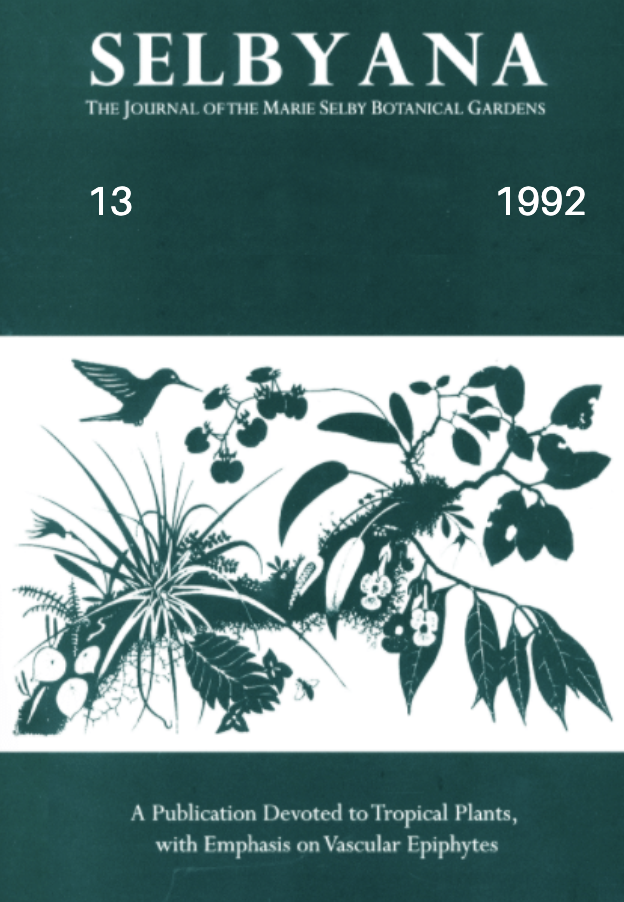Abstract
A one-day round-table discussion using the small-group nominal process was held in conjunction with the Symposium on the Biology and Conservation ofEpiphytes in May 1991 at The Marie Selby Botanical Gardens. Botanists, horticulturists, and conservationists participated in the effort to formulate concrete and creative suggestions to answer the question: how can epiphytes and their habitats be conserved in the future? Small groups "brain-stormed" and then prioritized their suggestions into viable solutions to six aspects ofthis question, and then presented them for discussion to the entire group. Four major trends were noted in the proposed solutions: 1) directly and indirectly involve institutions, scientists, and lay people in tropical countries; 2) develop active communication between researchers and lay people; 3) increase participation and commitment from the governments ofcountries where epiphytes occur and where research and education is being carried out, especially in regard to regulations for collecting and transporting plants across international borders, and 4) increase funding from private and government sources for research, education, and direct protection ofepiphytic plants and theirhabitats. Itwas concluded that the growing body ofbotanical, ecological, and horticultural knowledge about these plants will aid in their conservation.
Open Access and Copyright Notice
Selbyana is committed to real and immediate open access for academic work. All of Selbyana's articles and reviews are free to access immediately upon publication. There are no author charges (APCs) prior to publication, and no charges for readers to download articles and reviews for their own scholarly use. To facilitate this, Selbyana depends on the financial backing of the Marie Selby Botanical Gardens, the hard work and dedication of its editorial team and advisory board, and the continuing support of its network of peer reviewers and partner institutions.
Authors are free to choose which open license they would like to use for their work. Our default license is the Creative Commons Attribution-NonCommercial 4.0 (CC BY-NC 4.0). While Selbyana’s articles can be copied by anyone for noncommercial purposes if proper credit is given, all materials are published under an open-access license with authors retaining full and permanent ownership of their work. The author grants Selbyana a perpetual, non-exclusive right to publish the work and to include it in other aggregations and indexes to achieve broader impact and visibility.
Authors are responsible for and required to ascertain that they are in possession of image rights for any and all photographs, illustrations, and figures included in their work or to obtain publication or reproduction rights from the rights holders. Contents of the journal will be registered with the Directory of Open Access Journals and similar repositories. Authors are encouraged to store their work elsewhere, for instance in institutional repositories or personal websites, including commercial sites such as academia.edu, to increase circulation (see The Effects of Open Access).
